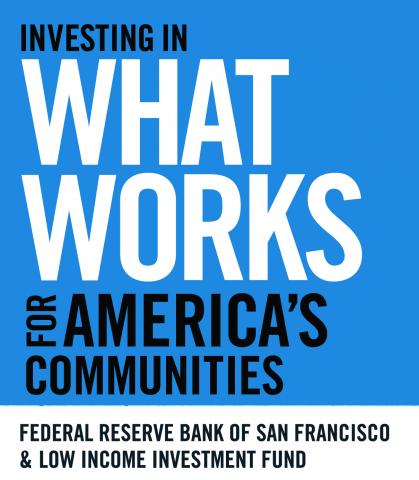
Universities, hospitals and other “anchor institutions” wield considerable economic power in a community. The numbers are widely available, but astonishing nonetheless. Combined, hospitals and universities are responsible for more than $1 trillion of our nation’s $15 trillion economy.
Clearly, these institutions have the potential to bring crucial – and measurable – benefits to the places in which they are rooted. Many hospitals and universities recognize this potential and have become increasingly engaged with their communities. A few, such as Syracuse University, have gone so far as to adopt a mission that consciously seeks to apply their economic and institutional power to better the long-term welfare of local residents.
The Democracy Collaborative, which I cofounded and direct, has a long track record of research, as well as practical on-the-ground work with anchors, such as our involvement with Cleveland’s Evergreen Cooperatives. In 2012, our research director, Steve Dubb co-authored The Road Half Traveled with Rita Hodges of The Netter Center at the University of Pennsylvania, which examines the anchor role of universities. Last year, our research associate David Zuckerman authored Hospitals Building Healthier Communities, which profiled best practices at hospitals.
Yet for the field as a whole, measurement of the impact that anchor organizations have on a community has been lacking. Among nine lessons learned in a Living Cities-sponsored Anchor Institutions Design Lab last year, two that stand out for us are: “In order for this work to successfully link low-income people to economic opportunity at meaningful scale, this outcome must be a focus from the beginning”; “Better data are needed to support this work.”
To this end, The Democracy Collaborative has launched our anchor indicators project, which provides a baseline to assess conditions for anchor institutions in the community and evaluate institutional efforts. As part of this initiative, we recently released a new paper, The Anchor Dashboard: Aligning Institutional Practice to Meet Low-Income Community Needs. This paper, along with its companion research report, seeks to create a framework or “dashboard” for measuring and assessing the effectiveness of university and hospital efforts to improve conditions in their surrounding communities.
It’s not that no measurements exist. Indiana University Purdue University Indianapolis, a national leader in community engagement, offers this dashboard that provides an overview of key campus performance indicators over time, such as graduation rates and enrollment growth. But measurement tends to be institutionally focused: for example, number of community service hours, rather than whether communities themselves are better off.
In short, the Dashboard is an effort to develop standards by which institutions can conduct their economic development activities in ways that truly benefit the community, in particular low- and moderate-income neighborhoods. The ultimate goal, of course, is the help institutions rebuild local economies by leveraging existing resources to benefit the community.
The Anchor Dashboard, based on in-depth interviews of 75 leaders of anchor institutions, nonprofit organizations, federal agencies, and community groups, identifies twelve priority outcome areas with corresponding illustrative indicators to help measure performance: 1) local and minority hiring; 2) local and minority business procurement; 3) housing affordability; 4) business incubation; 5) arts and cultural development; 6) community investment; 7) public health; 8) public safety; 9) environmental health; 10) pre-K-12 education improvement; 11) community capacity building and democratic leadership development; and 12) asset building and ownership.
Efforts in even one of these areas can yield huge benefits. Take procurement. In a case study of Cleveland’s University Hospitals, my co-authors and I found that the health system, by focusing procurement locally in a 5-year period, was able to pump more than $1 billion into the regional economy (at the height of the Great Recession) and contract with 110 local, women, and minority-owned businesses that had never done business with a major health system before.
We believe that thoughtful and inclusive community engagement benefits both low-income communities and anchor institutions. We hope the Anchor Dashboard helps build a framework that provides greater accountability and transparency in this work – and, even more importantly, helps lead to greater positive impact of anchor institutions in low-income communities over time.
On October 25th, my coauthors and I will be presenting the Dashbord at a meeting organized by the Federal Reserve Banks of Richmond, Chicago, Cleveland and Philadelphia. Learn more about the event: Redefining “Rust Belt”: An Exchange of Strategies by the Cities of Baltimore, Cleveland, Detroit, and Philadelphia.